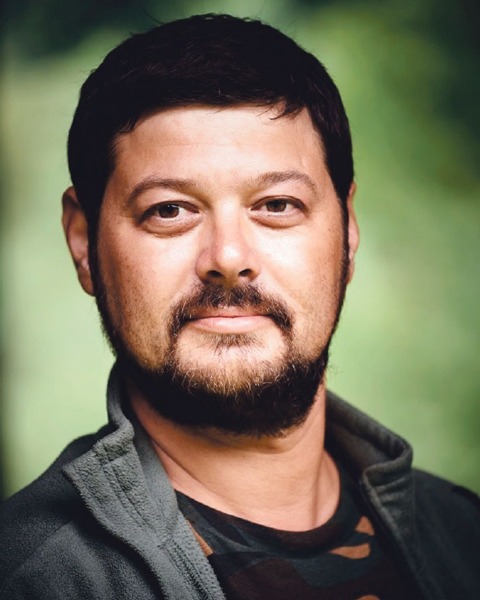Poster Display
Systematics, Evolution, and Biodiversity
D3524: Conservation of the saproxylic beetles in the Carpathians

Silviu Chiriac
PhD
Vrancea Environmental Protection Agency
Focsani, Vrancea, Romania
Marian D. Mirea
PhD Student
University of Bucharest
Bucharest, Bucuresti, Romania
Presenting Author(s)
Co-Author(s)
Romanian Carpathians are considered a biodiversity hotspot in Europe, with large forested areas, including old-growth forests. Past forestry practices, such as selective logging resulting in high forest grading and removal of ancient or decaying trees. These practices led to forest habitats with few veteran trees and a small amount of deadwood, which protected saproxylic beetles rely on for completing their complex life cycles. Moreover, saproxylic species are considered pests under traditional forestry practices, as they reduce the value of timber. As such, Romanian forestry practices have actively sought to reduce the amount of deadwood in an effort to decrease the presence of saproxylic species, thus effectively isolating stands with a high diversity of saproxylic beetles. In 2020, European Commission LIFE Programme financed the project LIFE19 NAT/RO/000023 LIFE ROsalia Conservation of saproxylic beetles in the Carpathians. The project aims to stop and reverse the loss of protected saproxylic beetles (Rosalia alpina Osmoderma eremita, Cerambyx cerdo, Morimus funereus, and Lucanus cervus) in the Carpathians by demonstrating conservation actions for increasing the connectivity of favorable habitats in the ROSCI0208 Putna-Vrancea (Eastern Carpathians, Vrancea County, Romania), and transferring and replicating best management practices in other Romanian Natura 2000 sites (e.g. creating a next generation of veteran trees in areas lacking suitable habitats and providing artificial and natural dead-wood habitats to facilitate reproduction and dispersal). LIFE ROsalia will be implemented until 2025 by the EPA Vrancea, University of Bucharest, Putna-Vrancea Natural Park Administration, and Association for Biodiversity Conservation (see www.liferosalia.ro).

.png)
